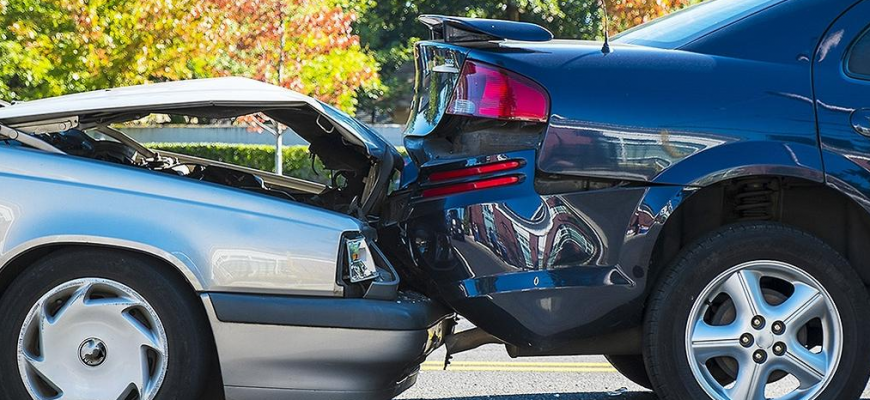
Navigating Car Insurance: Comprehensive vs. Third Party in Collision Repair
Understanding the nuances of car insurance can be a daunting task, especially when faced with the aftermath of a collision. In Australia, drivers have several insurance options, but the choice between comprehensive and third-party insurance becomes particularly significant when it comes to collision repairs. This article aims to demystify these options, providing you with the knowledge to make an informed decision.
Understanding Car Insurance in Australia
Car insurance is an essential consideration for every Australian driver. It not only offers financial protection against unexpected incidents but also is a legal requirement in some forms. The Australian car insurance market offers a range of products, including comprehensive insurance, third-party property damage, third-party fire and theft, and compulsory third party (CTP) insurance. Each type serves different needs, but when it comes to collision repairs, the choice often boils down to comprehensive vs. third-party insurance.
Comprehensive Car Insurance
Comprehensive car insurance offers the most extensive coverage, including damage to your vehicle and others’ property, theft, fire, and natural disasters. Its coverage of collision repairs is particularly noteworthy. If you’re involved in an accident, comprehensive insurance will cover the cost of repairing or replacing your vehicle, regardless of who is at fault.
Benefits
Peace of Mind: Knowing that your car is covered against a wide range of incidents can provide significant peace of mind.
Financial Protection: In the event of a collision, you won’t be out of pocket for the repairs or replacement of your vehicle.
Additional Features: Many comprehensive policies offer extra benefits, such as a courtesy car while yours is being repaired.
Drawbacks
Higher Premiums: This extensive coverage comes at a cost, with higher premiums than third-party insurance.
Excess Payments: You may need to pay an excess when making a claim, which can vary based on the policy and the nature of the claim.
Example Scenario
Imagine you accidentally reverse into a pole, causing significant damage to your car. With comprehensive insurance, you can claim the cost of the repairs, minus any excess. Without it, you’d be facing a hefty repair bill on your own.
Third-Party Car Insurance
Third-party car insurance covers damage to other people’s property and legal costs associated with such damage, but it does not cover repairs to your own vehicle in the event of a collision. It’s divided into two main types: third-party property damage and third-party fire and theft.
Benefits
Lower Premiums: Third-party insurance is more affordable than comprehensive insurance, making it a good option for drivers on a budget.
Legal Coverage: It provides coverage for legal costs if you’re at fault in an accident that causes damage to someone else’s property.
Limitations
No Coverage for Your Vehicle: If you’re at fault in a collision, you’ll have to pay for your own car’s repairs.
Limited Protection: Third-party fire and theft offer some protection for your vehicle but only in specific circumstances.
Example Scenario
If you collide with another car and are found to be at fault, third-party insurance will cover the repairs to the other driver’s car, but you will need to cover the cost of repairing your own vehicle.
Comparing Comprehensive and Third-Party Insurance in Collision Repair
When deciding between comprehensive and third-party insurance for collision repairs, consider the following:
Value of Your Vehicle: Comprehensive insurance is generally recommended for newer or higher-value cars.
Financial Situation: If you would struggle to pay for repairs out of pocket, comprehensive insurance offers greater protection.
Driving Habits: Frequent drivers or those who commute in heavy traffic may benefit more from comprehensive coverage.
Making an Informed Decision
Choosing the right car insurance requires a balance between coverage and cost. Consider your vehicle’s value, your financial ability to pay for unexpected repairs, and your risk tolerance when making this decision.
Conclusion
Navigating car insurance options in Australia, especially when it comes to collision repairs, doesn’t have to be complicated. By understanding the differences between comprehensive and third-party insurance, you can choose the policy that best suits your needs, ensuring you’re well-protected on the road.

